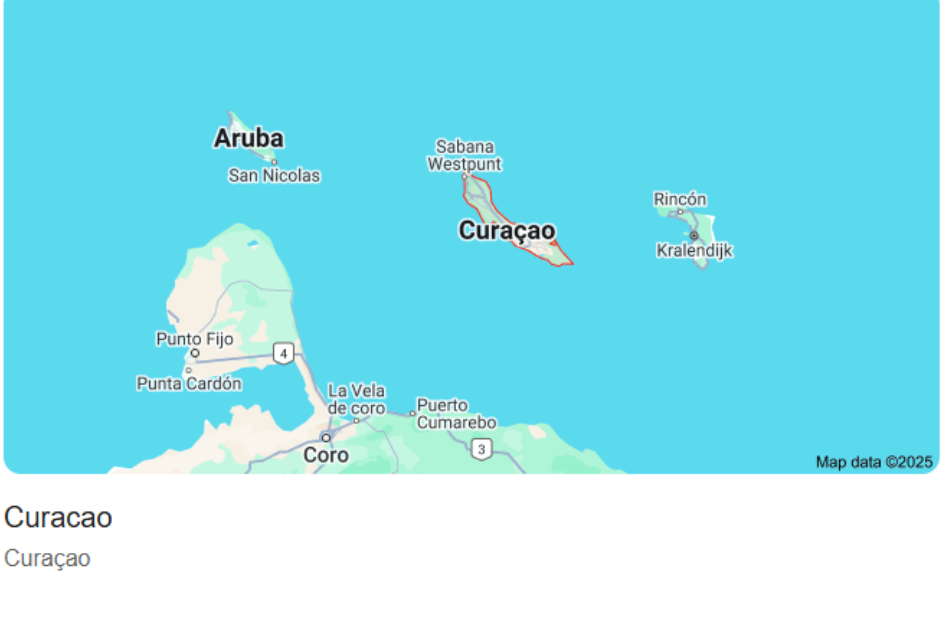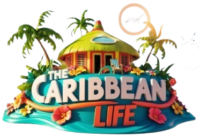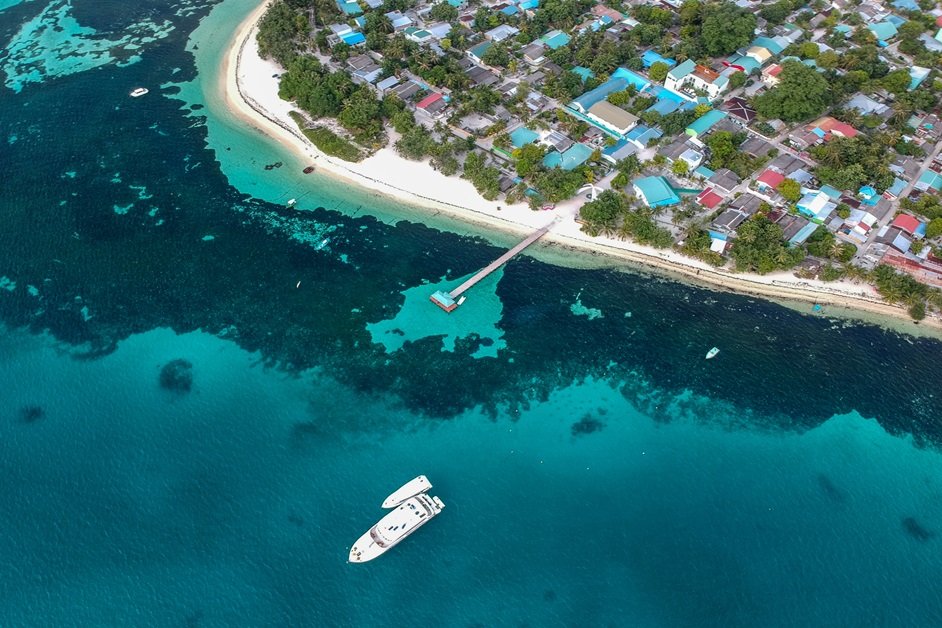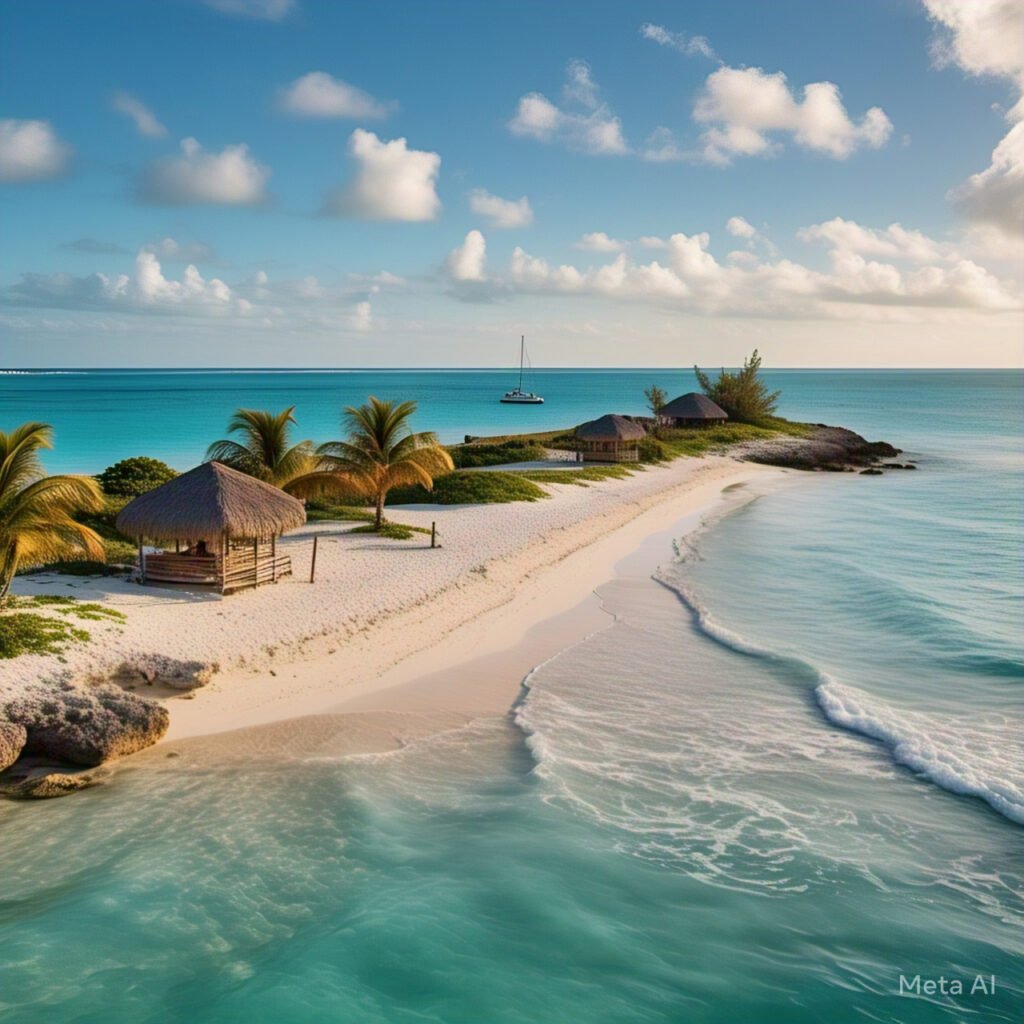Introduction to Curacao Island
Curaçao Island is a stunning Caribbean destination known for its vibrant culture, colorful architecture, and beautiful beaches. Located off the coast of Venezuela, this Dutch Caribbean island offers a unique blend of European and Caribbean influences. Travelers come here for its year-round warm climate, crystal-clear waters, and diverse attractions. Whether you are looking for relaxing resorts, adventurous water sports, or exploring historic Willemstad, Curaçao has something for everyone.
This guide will help you discover everything about:
- How to get to Curaçao Island?
- Where to stay?
- What to do and local tips for an unforgettable vacation.
Where is Curacao on the Map?

Curacao Island map enthusiasts and travelers alike often start by locating this vibrant destination in the southern Caribbean Sea, about 65 kilometers north of Venezuela. Curaçao is part of the ABC Islands, alongside Aruba and Bonaire all Dutch territories. Its strategic position makes it a popular spot for visitors looking for a mix of cultural richness and tropical beauty. The island stretches approximately 61 kilometers in length and 14 kilometers in width, making it perfect for road trips and exploration. A detailed Curacao Island map is essential for planning your itinerary, from the colorful capital of Willemstad to the remote, pristine beaches of Klein Curacao.
Curacao Island Quick Facts
Curaçao is a constituent country within the Kingdom of the Netherlands, with Willemstad as its capital city. The official languages are Dutch, Papiamentu, and English, reflecting the island’s rich multicultural heritage. It operates in the Atlantic Standard Time Zone (AST), which is four hours behind UTC. With a population of around 160,000, Curacao offers a friendly and welcoming atmosphere to visitors. The island enjoys a tropical savannah climate, with warm temperatures year-round and low rainfall. Curacao is known for being safe for tourists, making it an excellent choice for families, solo travelers, and honeymooners alike.
Currency in Curacao
The official currency of Curacao Island is the Netherlands Antillean Guilder (ANG), also known as the Florin. While the local currency is widely used, U.S. dollars are also accepted at many hotels, restaurants, and shops, especially in tourist areas. Credit cards are commonly accepted, but it’s advisable to carry some local currency for small purchases and tips. ATMs are available in Willemstad and major tourist hubs. Understanding the currency exchange rates and payment options will ensure a smooth financial experience during your stay on Curacao Island.
Weather in Curacao
Curaçao boasts a pleasant tropical climate with warm temperatures ranging from 27°C to 32°C (81°F to 90°F) throughout the year. The island enjoys a dry season from January to September and a wetter season from October to December, though rainfall is generally light. One of Curacao’s advantages is its location outside the hurricane belt, which means it rarely experiences severe storms. The best time to visit is between March and August when the weather is dry and sunny. Knowing the weather patterns will help you pack appropriately and plan your outdoor activities effectively.
How to Get to Curacao
Curacao is accessible by direct flights from many major U.S. cities such as Miami, New York, and Atlanta, as well as from European hubs like Amsterdam. The island’s international airport, Curacao International Airport (CUR), is modern and efficient. Cruise ships also regularly stop at Curacao’s Willemstad port, making it a popular Caribbean cruise destination. Travellers coming from nearby islands like Aruba and Bonaire can take short flights or ferries. Planning your arrival and understanding transportation options will save time and reduce travel stress.
Getting Around Curacao
The best way to explore Curacao is by renting a car, as public transportation is limited and taxis can be expensive. Driving is on the right side of the road, and roads are generally well-maintained, making self-driving accessible even for first-timers. There are also guided tours and shuttles available for key attractions. If you prefer not to drive, taxis can be hired for day trips, but be sure to negotiate prices upfront. Knowing how to get around will help you discover the island’s hidden gems at your own pace.
Where to Stay in Curaçao
Curaçao offers a wide range of accommodation options, from luxury resorts and all-inclusive hotels to budget-friendly guesthouses and vacation rentals. Popular areas include Willemstad for city vibes and beaches like Jan Thiel for resorts and nightlife. All-inclusive resorts offer convenience for travellers seeking hassle-free vacations, while boutique hotels provide a more intimate experience. Families, couples, and solo travelers can all find something that suits their style and budget. Booking early, especially during peak seasons, ensures the best deals and availability.
Top Things to Do in Curaçao
Curaçao offers an exciting mix of activities. Explore the historic, UNESCO-listed Willemstad with its vibrant colonial buildings and floating market. Dive or enjoy best snorkeling in the Caribbean among vibrant coral reefs and marine life. Visit beautiful beaches like Cas Abao and Playa Porto Mari for sunbathing and water sports. Adventure seekers can hike in Christoffel National Park or take boat tours to Klein Curaçao. Don’t miss tasting local cuisine, shopping for souvenirs, or enjoying Curaçao’s lively nightlife scene with bars and casinos. There’s something for everyone here.
Curacao Island Beaches
Curaçao’s beaches are a major draw for visitors. Some of the best include Playa Kenepa, known for its turquoise water and white sand; Cas Abao, perfect for snorkeling; and Mambo Beach, a lively spot with restaurants and nightlife. Klein Curaçao is a day trip destination famous for untouched beaches and excellent diving. Whether you want quiet, secluded spots or bustling beach clubs, Curaçao has a beach that fits your vibe. Remember to pack sunscreen, as the Caribbean sun is strong year-round.
Curacao Food & Local Cuisine
- Keshi Yena – A traditional dish made of large cheese stuffed with meat, vegetables, and spices
- Fresh seafood – Commonly featured in many local meals, often grilled or in stews
- Funchi – A cornmeal-based side dish, similar to polenta, often served with stews or fried
- Blue Curaçao liqueur – A famous local drink made from Laraha citrus peels, used in various tropical cocktails
- Beachside shacks – Casual eateries offering fresh, affordable, and authentic meals
- Upscale dining – Fine-dining restaurants serving fusion cuisine and Caribbean-inspired dishes
- Street food vendors – Ideal for sampling local snacks like pastechi (savory pastries), fried plantains, and grilled meats
Culture & Language
Curaçao is a melting pot of cultures, with Dutch, African, Latin American, and Caribbean influences. The primary languages spoken are Papiamentu, Dutch, and English, making communication easy for most travelers. The island celebrates many festivals throughout the year, including Carnival, which features vibrant parades, music, and dancing. Visitors can explore museums and cultural sites that showcase Curaçao’s history and art. Embracing the local culture enriches the travel experience and helps build connections with friendly locals.
Travel Tips for Visiting Curaçao
- Pack light clothing – breathable and suitable for warm weather
- Bring swimwear – essential for beaches, snorkeling, and pools
- Carry sturdy shoes – ideal for hiking and exploring nature parks
- Safety – Curaçao is generally safe, but follow standard travel precautions
- Tap water – safe to drink throughout the island
- Healthcare – modern medical facilities are available if needed
- Connectivity – local SIM cards and Wi-Fi are widely accessible
- Currency – U.S. dollars are accepted, but having local currency (ANG) helps
- Languages – English, Dutch, and Papiamentu are commonly spoken
Frequently Asked Questions (FAQ)
- Do I need a visa to visit Curaçao?
Depends on your nationality – many travelers can enter visa-free. Check with your local consulate or embassy. - What’s the tipping etiquette in Curaçao?
Tipping is appreciated but not always required. In restaurants, 10%–15% is customary if service isn’t already included. - Is Curaçao accessible for people with disabilities?
Many hotels and tourist sites are wheelchair accessible, but always check in advance for specific needs.
Curaçao Real Estate & Living
Many expats and retirees consider Curaçao for its pleasant climate and quality of life. Foreigners can buy property, including beachfront homes and apartments in Willemstad. The cost of living is moderate compared to many Caribbean islands, with affordable utilities and fresh local produce. Living in Curaçao offers a relaxed lifestyle with opportunities for water sports, cultural activities, and community involvement. For those interested, detailed guides on real estate laws and neighborhoods are available to help with investment decisions.
Curaçao Honeymoon & Romantic Travel
Curaçao is a perfect honeymoon destination thanks to its romantic beaches, luxury resorts, and intimate restaurants. Couples can enjoy sunset cruises, private beach dinners, and spa days. Many resorts offer honeymoon packages including excursions and couples’ activities. The island’s warm, welcoming atmosphere and scenic beauty create lasting memories for newlyweds. Whether you want relaxation or adventure, Curaçao provides the perfect backdrop for romance and celebration.
Curaçao with Kids & Families
Traveling to Curaçao with kids is easy and fun. The island features family-friendly beaches with calm waters, interactive museums, and animal parks. Many resorts provide kids’ clubs and activities to keep young travelers entertained. Safety and accessibility are generally good, making it a stress-free destination for parents. Activities like snorkeling in shallow reefs and visiting the sea aquarium offer memorable experiences for children. Curaçao ensures an enjoyable vacation for the whole family.
Conclusion: Is Curaçao Worth Visiting?
Curaçao Island is undoubtedly a Caribbean gem offering diverse experiences for every traveler. From its cultural richness and historical sites to stunning beaches and outdoor adventures, it caters to all tastes. Its friendly people, safe environment, and accessibility make it an ideal destination for singles, couples, and families alike. Whether you want to relax in an all-inclusive resort or explore nature and local traditions, Curaçao promises an unforgettable vacation. Plan your trip today and discover why Curaçao continues to captivate visitors worldwide.



